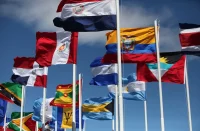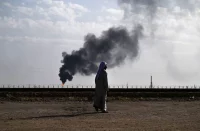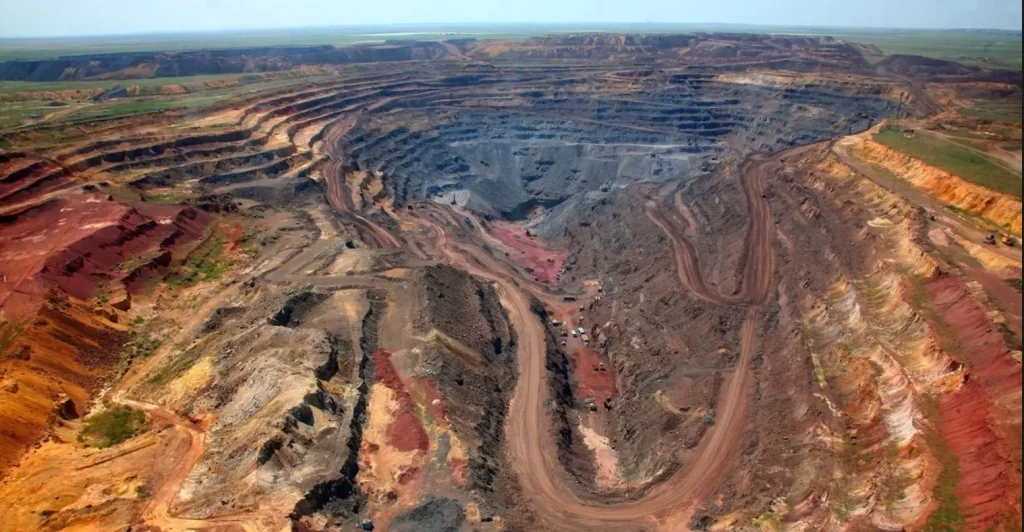Continuing the narrative related to the rivalry between China and the United States in Africa, let’s touch on the energy issue a little more, and then move on to other, less important, but still noteworthy problems.
The United States recognizes, not just at the expert level, but at the level of official authorities, the need to diversify critical minerals, which was reflected in the Strategy of the U.S. Department of Energy to Support Domestic Critical Mineral and Material Supply Chains for 2021-2031. It is emphasized that of all the African countries, the following are the most interesting for Washington: the Democratic Republic of the Congo (cobalt, tantalum); the South African Republic (chromium, magnesium, platinum); Guinea, Nigeria, Cameroon (bauxite); Madagascar, Mozambique, Tanzania (graphite). The combined reserves of these countries exceed those of China (52 million tons), and are estimated at 69 million tons. Experts are confident that it is the struggle for rare earth metals that will become the object of geopolitical rivalry between China and the United States, which will stretch throughout the 21st century.
The confrontation between the two giants on the continent has led to significant economic shifts, and not in favor of the United States. China’s share in trade with the dark continent exceeded 21%, while the United States’, according to the most conservative estimates, is 1.7 times less. This suggests that the amount of funds aimed at ousting China from the region, in Washington will only grow.
But in addition to the commercial component, China is interested in carrying out large-scale infrastructure and social projects on the continent. And although this can be regarded more as a way to promote soft power, as well as Chinese financial assistance to the poorest countries in the region, such measures are more than justified. Thus, thanks to China’s active actions, diplomatic ties with African countries are being strengthened and expanded: since 2000, the China–Africa Forum has been operating, and all countries with which the country has diplomatic relations have signed cooperation agreements within One Belt One Road Initiative.
The situation is objectively not in Washington’s favor: China has already become the leader in graphite mining on the continent. Mentioned in the previous article, Mozambique, Madagascar and Tanzania are the second, third and tenth countries in the world for the production of graphite, which the United States needs so much. However, Madagascar produces only 10% of graphite supplies to the United States, while the other two countries produce even less. And the need for this unique metal will only grow, as more than 20 lithium-ion battery production plants will soon be launched in the United States. This will increase the corresponding production capacity in the United States by 5-6 times. Graphite mining and exploration in Mozambique is carried out by Twigg Exploration and Mining Limitada, a subsidiary of the Australian Syrah Resources Limited. Why Mozambique? Because this country alone has proven reserves of this metal of 25 million tons. The Australian company, as part of an agreement concluded in 2021 with Tesla, after processing metal in Louisiana, supplies it to the factories of Elon Musk’s company.
The United States remains the second largest exporter of rare earth metals from Madagascar. The first, quite naturally, is China. The Indian-British company Tirupati Graphite PLC and the local company Etablissements Gallois S.A. are engaged in the development of deposits and the supply of raw materials to the plants.
In general, we can say that China has closer political and economic ties with the largest holders of rare earth resources on the dark continent. Such ties create difficulties for the United States. The situation is worst in the DRC, which has the largest reserves of cobalt and graphite. Most of the deposits are under the control of the Chinese state-owned company Chinese Molybdenum. China has been able to concentrate 70% of the world’s cobalt processing in its hands, systematically increasing production. Due to this, China’s share in global cobalt production is able to grow to 50% in 2 years. And the United States left the country back in 2016 due to the financial difficulties of Freeport-McMoRan, which was engaged in the development of the Tenke Fungurume field. The buyer of this deposit was Chinese Molybdenum.
However, the confrontation between the United States and China is just beginning. We have to see in all its glory how the world will be deformed in the 21st century. Despite the emergence of other major players, India and Russia, their political and economic power is not comparable to China’s. If the Russian Federation has begun the redivision of this world in Ukraine, then China will finish it. While China is engaged in a confrontation with the United States, it would be beneficial for Russia to lick the wounds received from the war in Ukraine in peace and quiet and deal with internal problems, rather than focusing solely on foreign policy. At this time, the confrontation between the two giants – the United States and China – will unfold. Undoubtedly, there will be other areas of competition, but the field of rare earth metals will play a key role in global geopolitics throughout the 21st century. So far, China is ahead, but who knows what tricks Washington is capable of going to in an attempt to secure a leading place in the world for the next few decades…















Comments